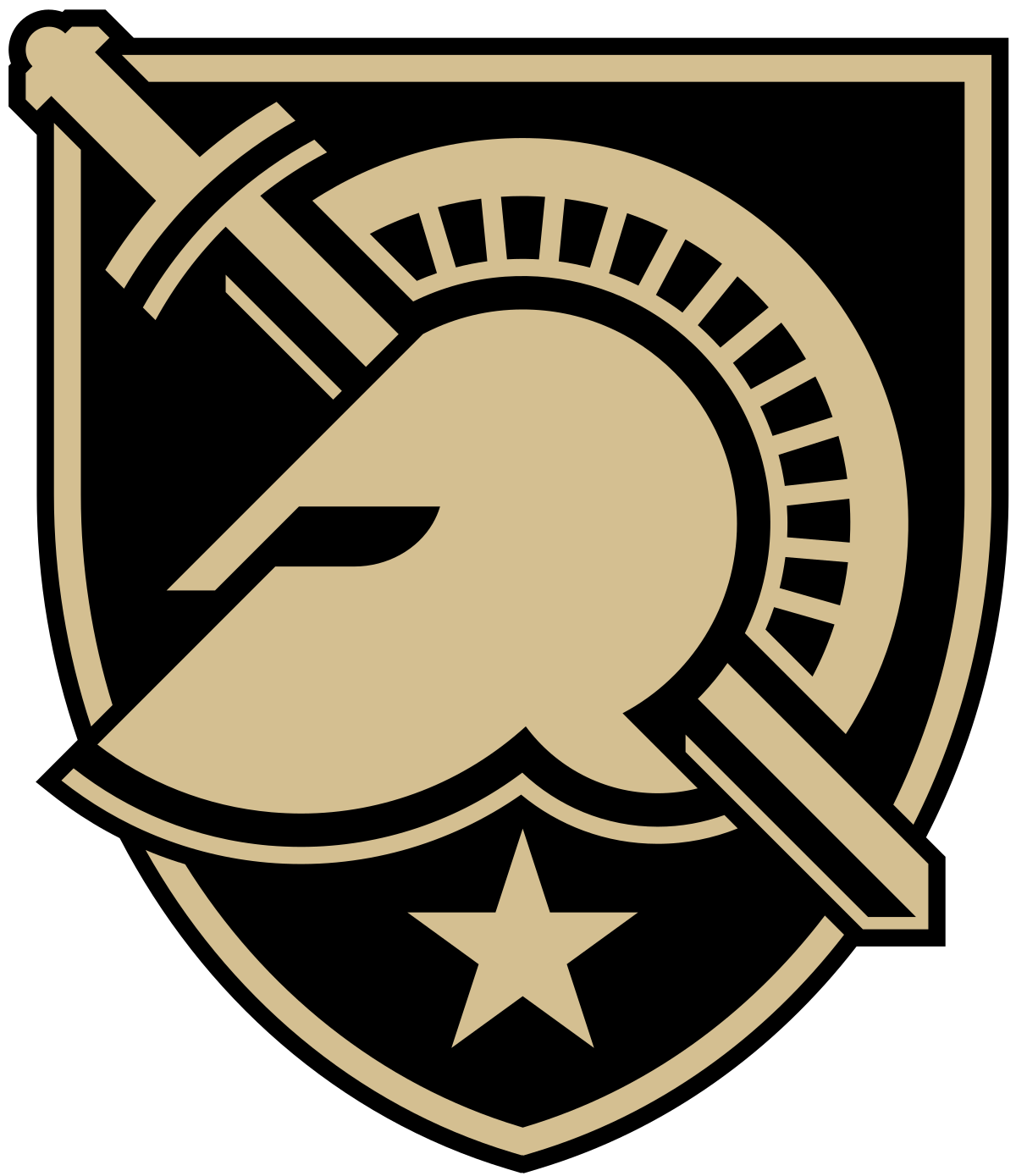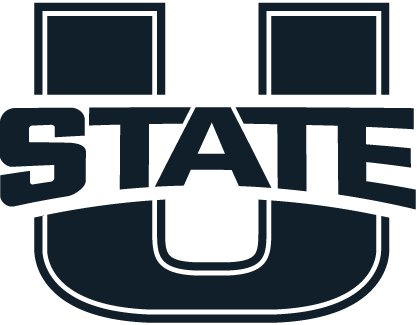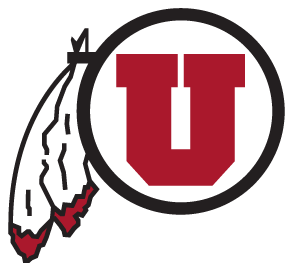
University of Alabama
26 recruits
4,977 points

University of Georgia
16 recruits
3,082 points

University of Texas
13 recruits
2,236 points
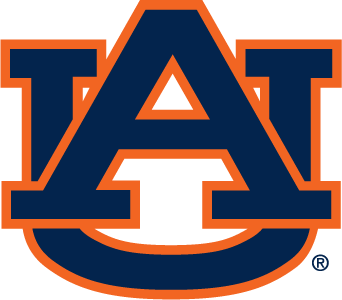
Auburn University
12 recruits
2,196 points

Texas A&M University
13 recruits
2,192 points

Louisiana State University
12 recruits
2,028 points

University of Oklahoma
11 recruits
1,902 points

Clemson University
12 recruits
1,891 points

University of Oregon
10 recruits
1,800 points

University of Florida
12 recruits
1,798 points

University of Michigan
13 recruits
1,787 points
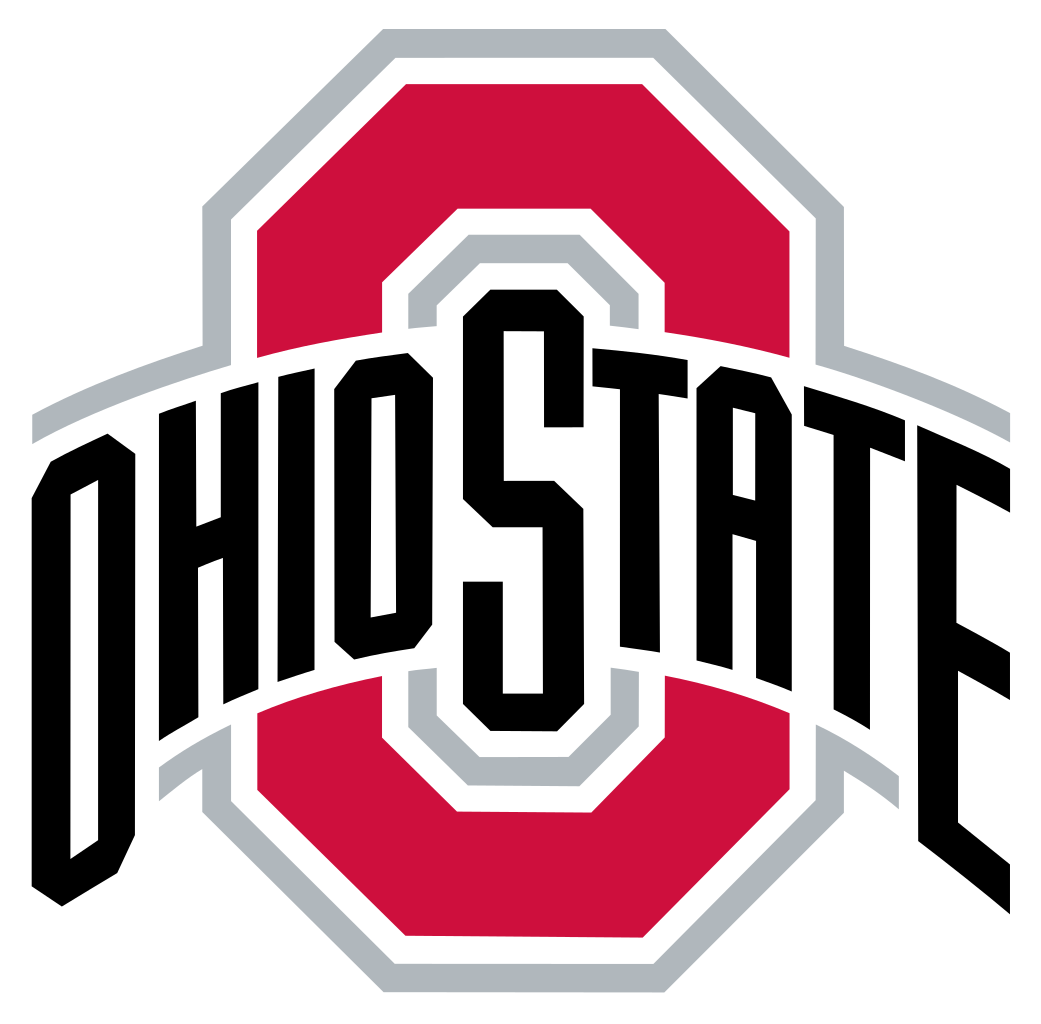
The Ohio State University
10 recruits
1,783 points
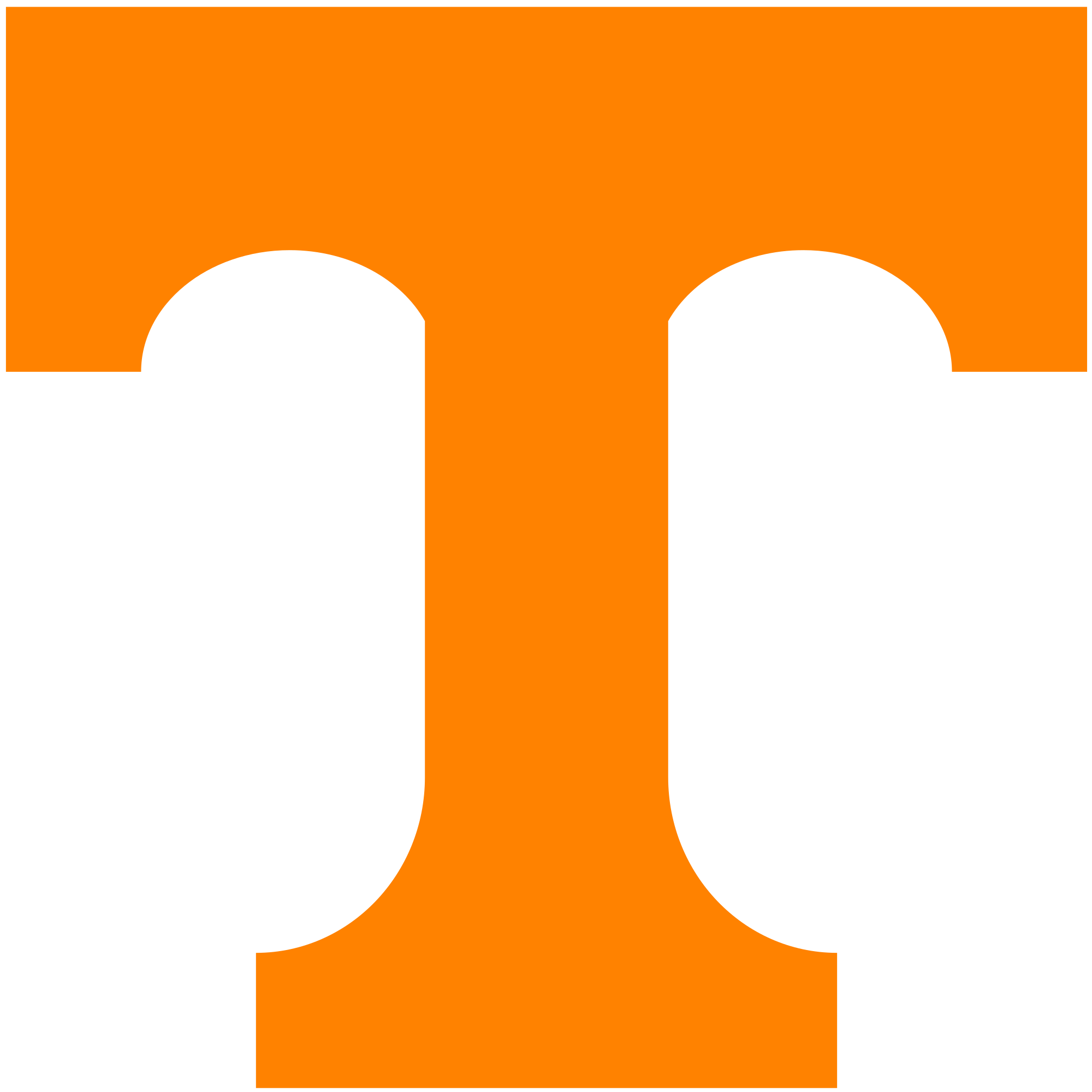
University of Tennessee
11 recruits
1,782 points

Florida State University
10 recruits
1,430 points
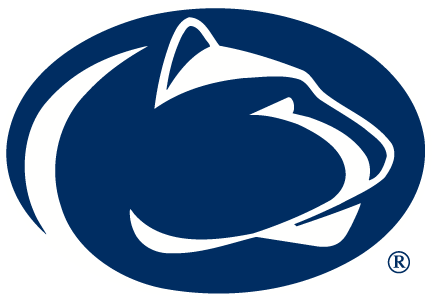
Pennsylvania State University
9 recruits
1,373 points

University of Notre Dame
12 recruits
1,139 points

University of Washington
7 recruits
923 points
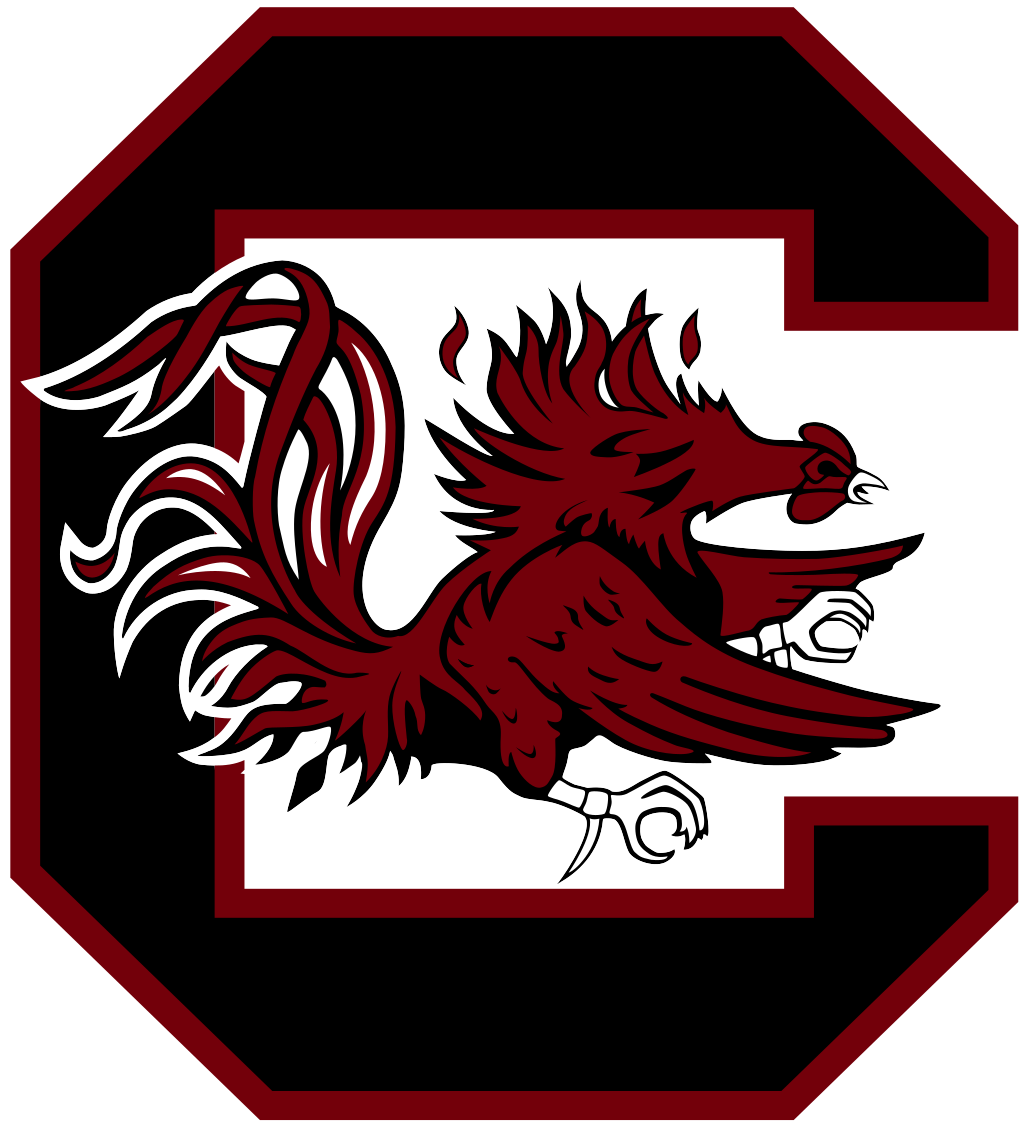
University of South Carolina
6 recruits
854 points

University of Southern California
8 recruits
839 points

Stanford University
7 recruits
817 points

Arizona State University
3 recruits
640 points
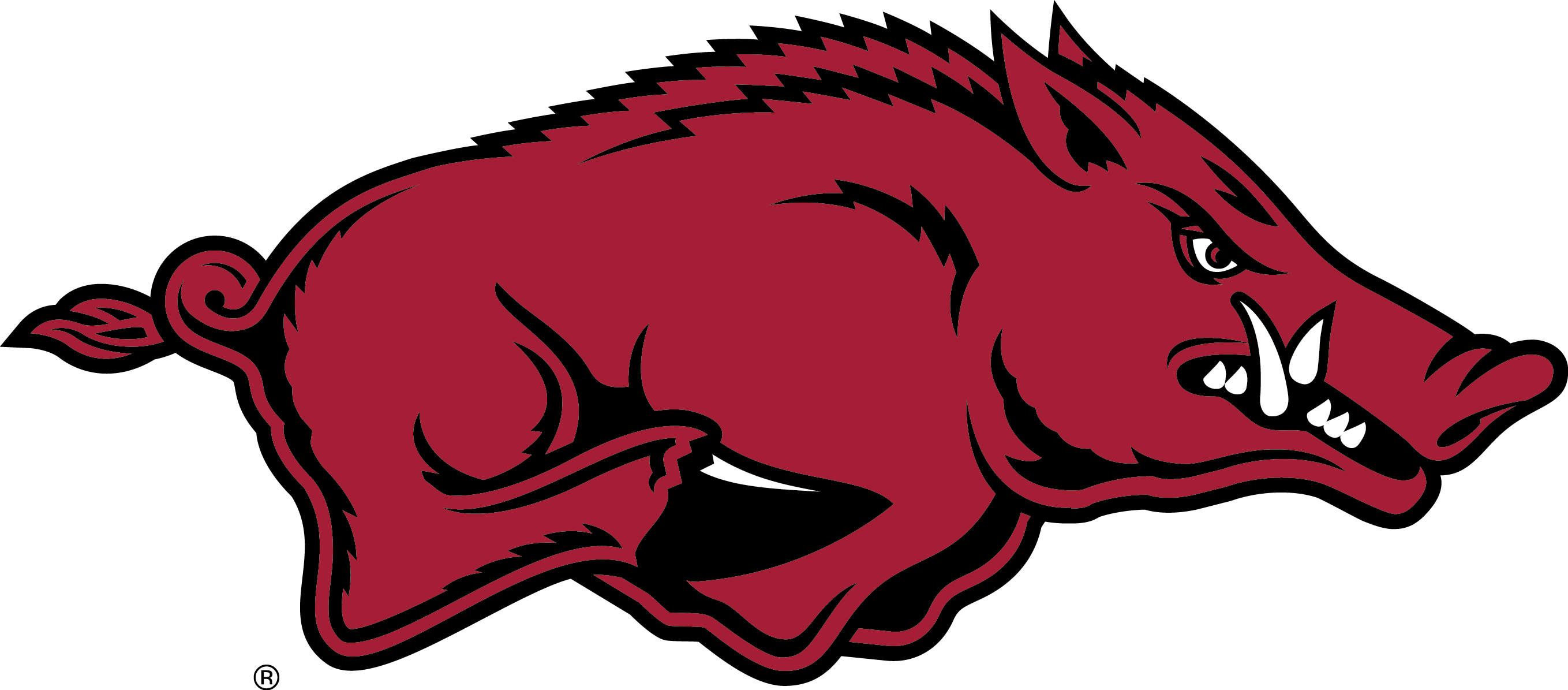
University of Arkansas
4 recruits
586 points

University of Illinois
3 recruits
573 points

University of Wisconsin
2 recruits
566 points
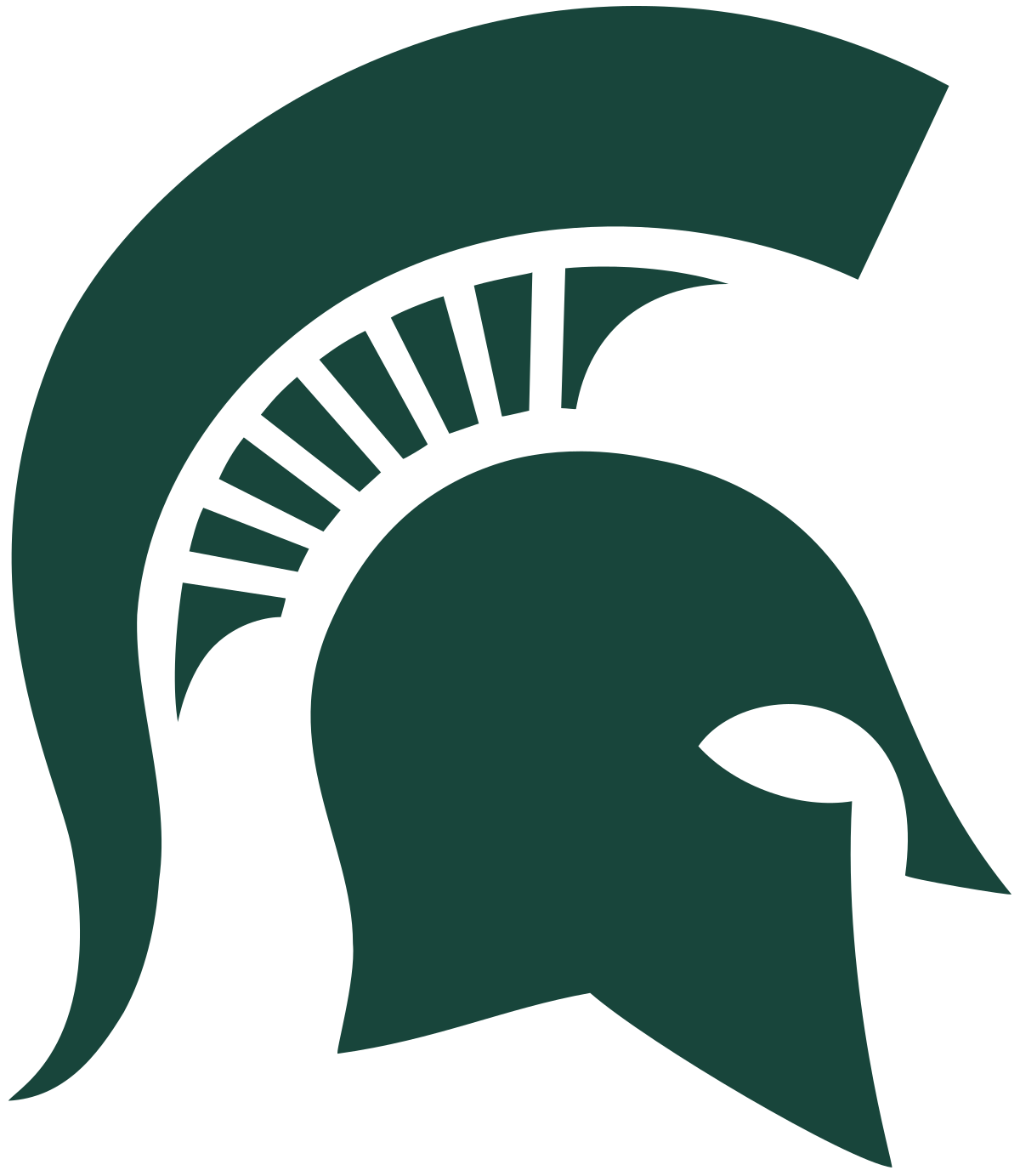
Michigan State University
2 recruits
526 points

University of Mississippi
5 recruits
516 points
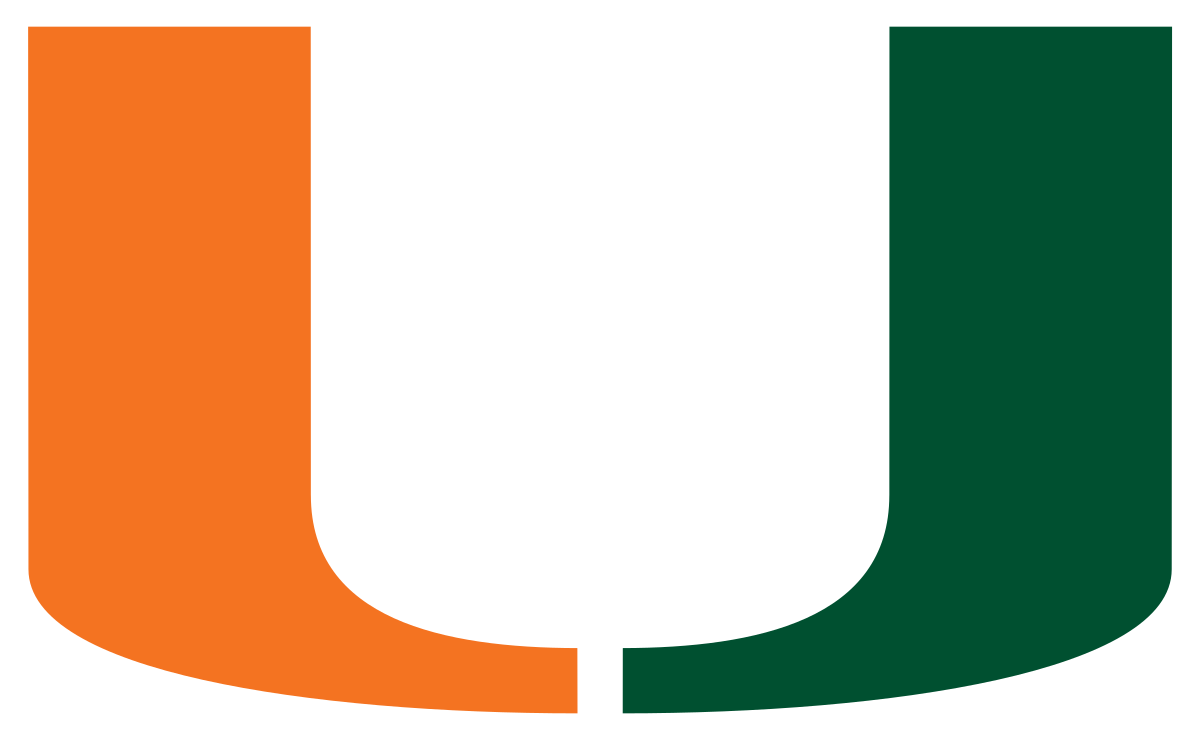
University of Miami
3 recruits
396 points

Purdue University
3 recruits
326 points

University of Nebraska
5 recruits
291 points
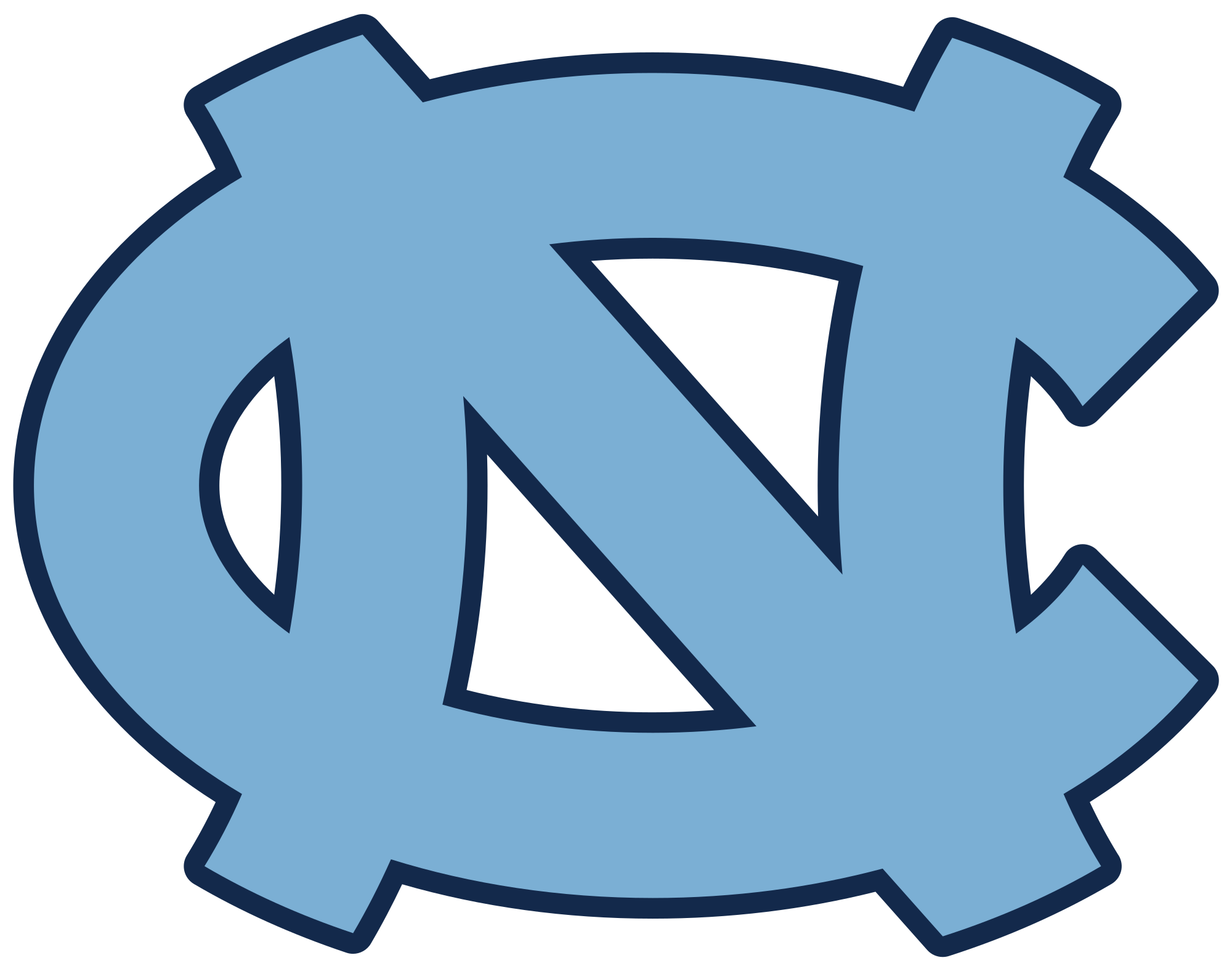
University of North Carolina
3 recruits
277 points

North Carolina State University
2 recruits
276 points

Oklahoma State University
2 recruits
234 points

Baylor University
2 recruits
232 points
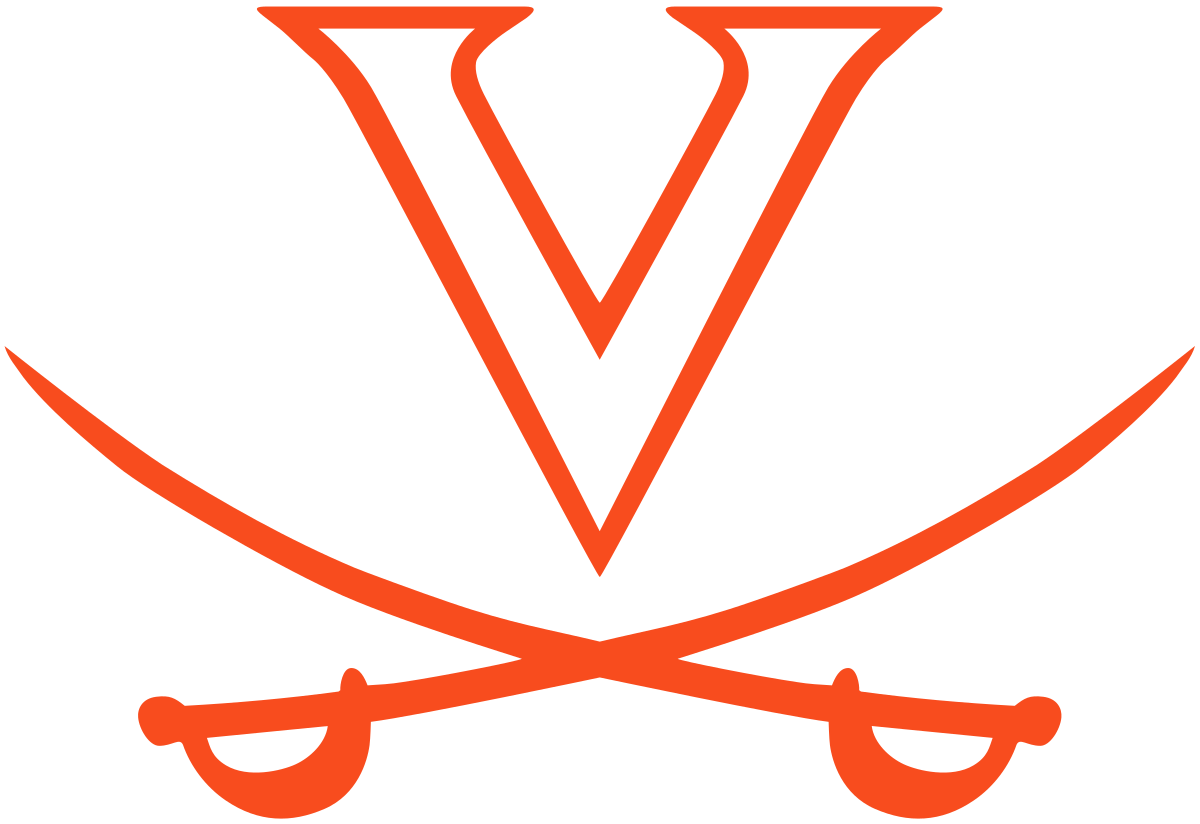
University of Virginia
1 recruit
226 points
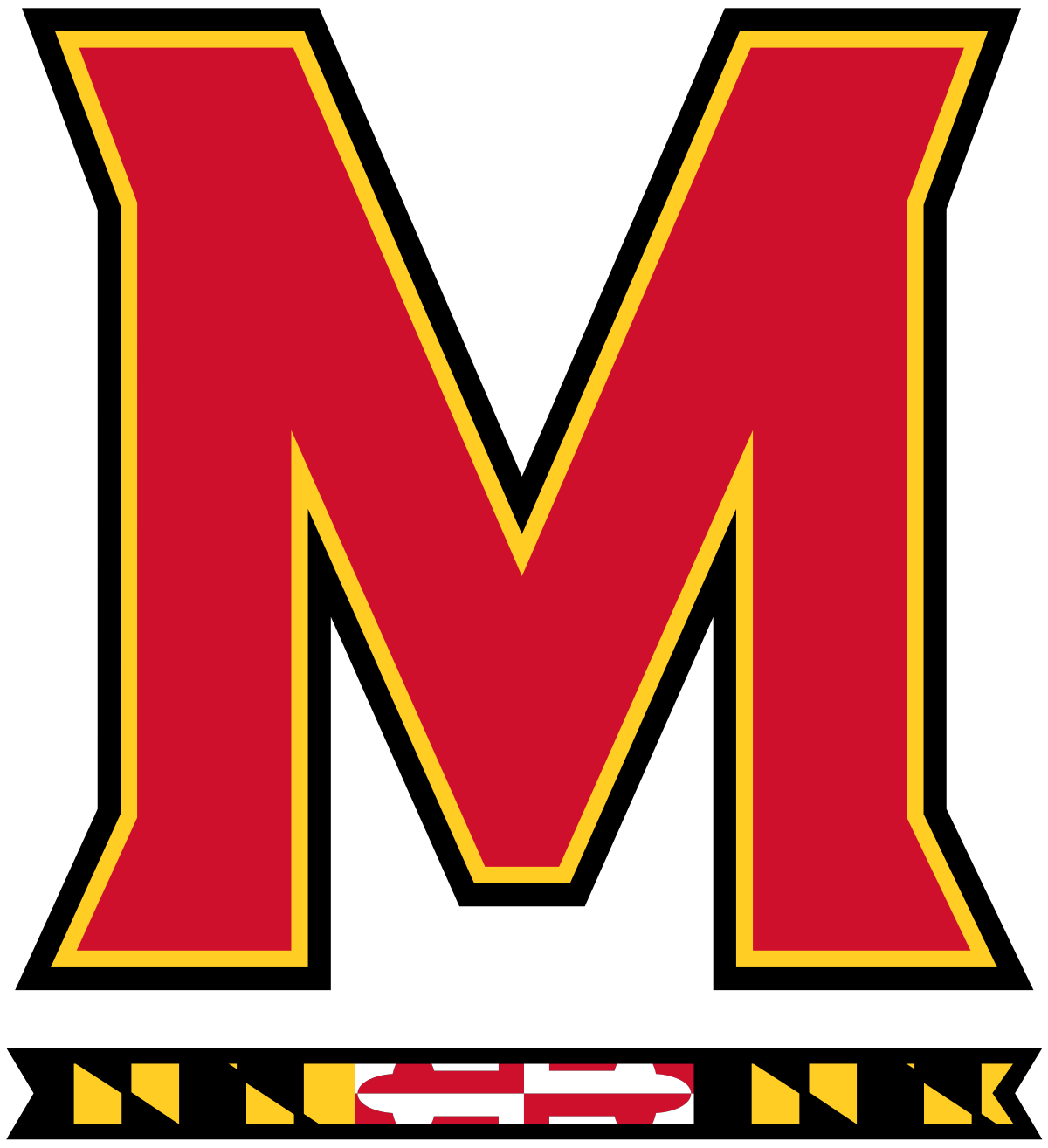
University of Maryland
2 recruits
214 points

Virginia Polytechnic University
3 recruits
201 points

Brigham Young University
1 recruit
192 points

University of California, Los Angeles
1 recruit
167 points

University of Louisville
1 recruit
143 points

University of Indiana
2 recruits
135 points

University of Missouri
2 recruits
127 points

Kansas State University
2 recruits
105 points

University of Arizona
1 recruit
100 points

University of Iowa
2 recruits
90 points

Boston College
1 recruit
81 points
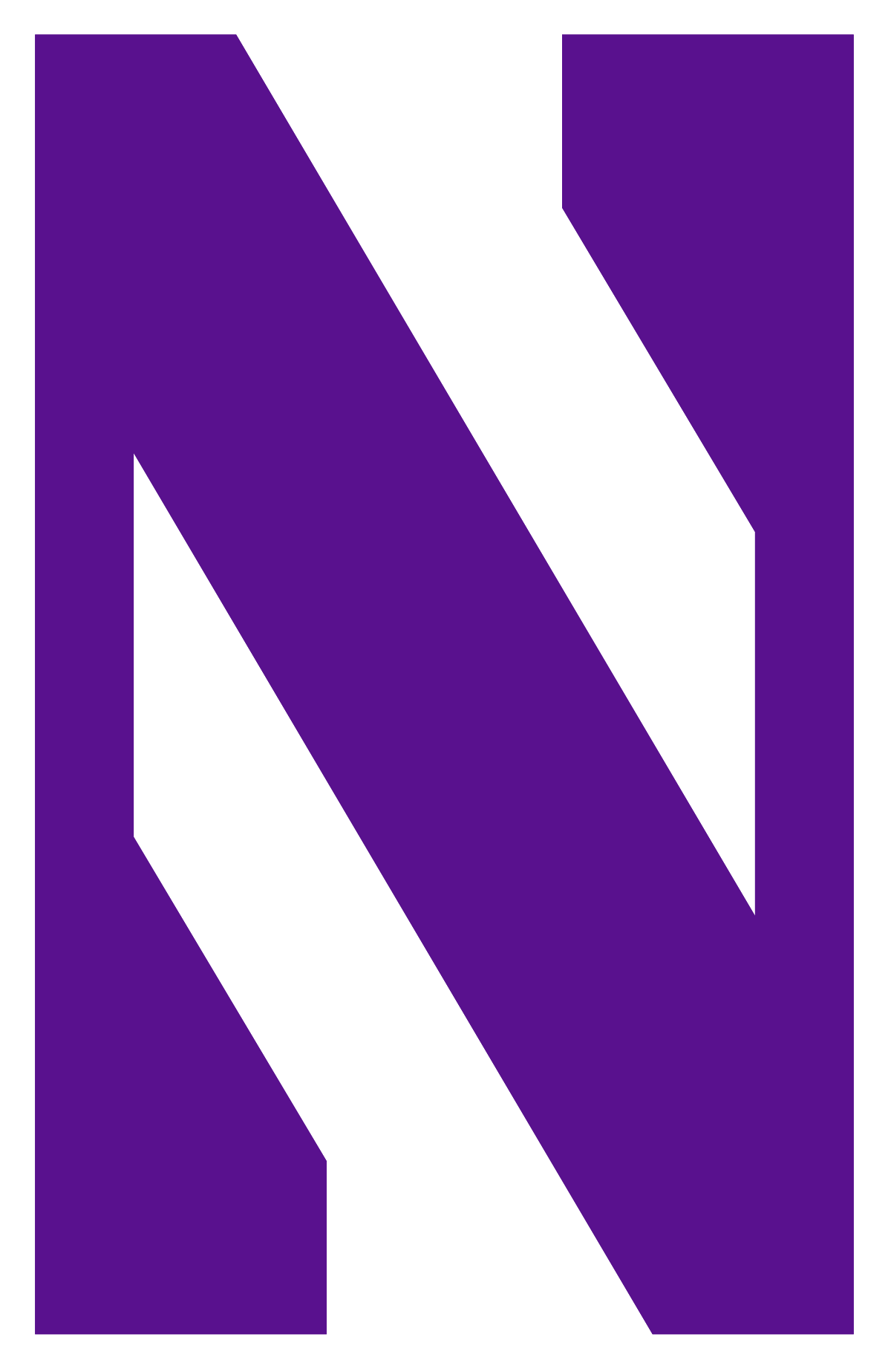
Northwestern University
1 recruit
72 points
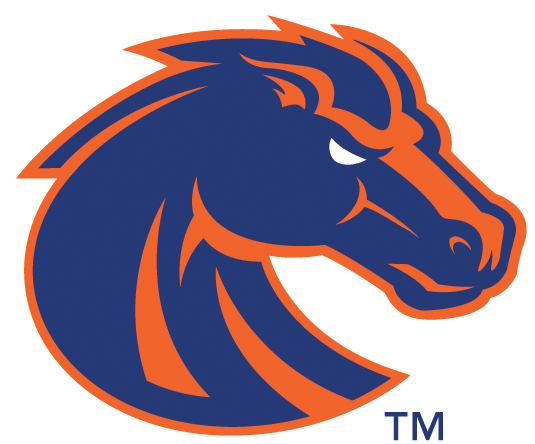
Boise State University
2 recruits
58 points

West Virginia University
1 recruit
37 points
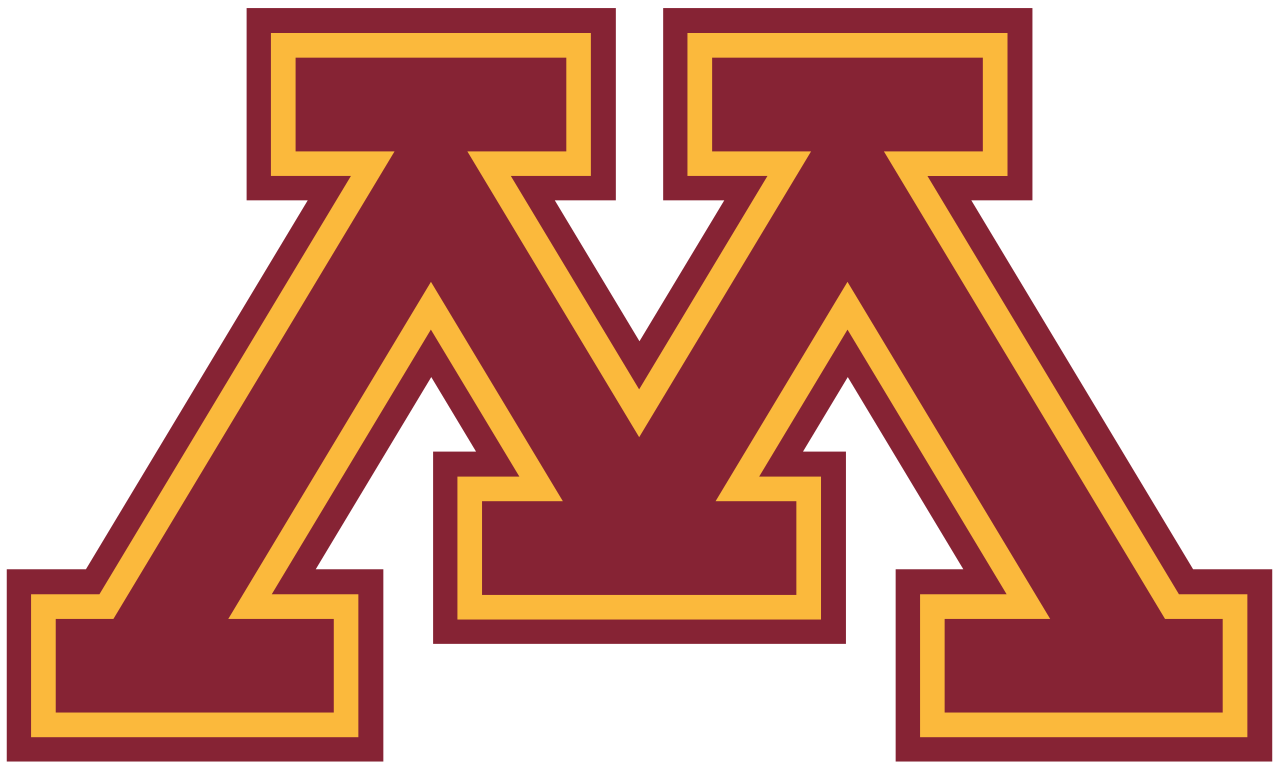
University of Minnesota
1 recruit
15 points





